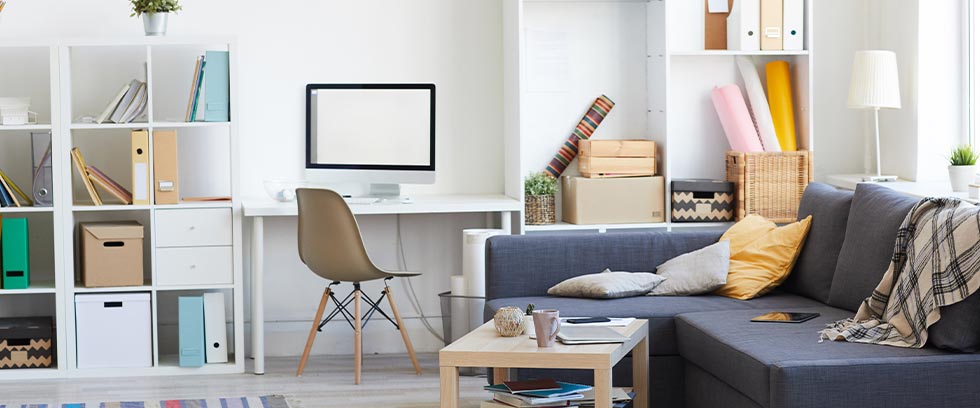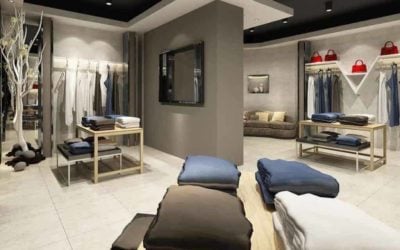Mistakes to Avoid When Choosing Lights for Your Home
Lighting is one of the most important elements of your home design because it is so effective at setting the tone for a space.
Lighting can make a room feel relaxed, energetic, airy, or romantic. On the other hand, home lighting mistakes can make a room feel dark, clinical, unwelcoming, or uncomfortable.
How do you make sure your home lighting design brings out the best in your home? Read on to learn about four common lighting mistakes to avoid if you want your home to really shine.
Only One Light Source
If a room only has one light source—for example, one overhead ceiling light—it can feel harsh. This lighting mistake can also cause the light in the room to be unflattering to people, paint, and furniture.
Instead of relying on one source of light per room, incorporate a few light fixtures for lighting that has depth and texture. As a rule of thumb, you will want to have a source of ambient, task, and accent lighting in each room.
- Ambient lighting: This includes overhead lighting, natural light, and any form of lighting that provides generalized illumination throughout your entire room.
- Task lighting: These lights, including desk lamps, under-cabinet lights, and reading lights, provide bright, concentrated light for a specific purpose.
- Accent lighting: This is decorative lighting used to enhance certain areas or features in a room. For example, spotlights on architectural features function as accent lighting.
When you include all of these types of lighting, your room feels complete and comfortable.
Relying on Can Lighting
Recessed downlights, also known as can lights, definitely serve a purpose in providing functional ambient lighting to a room.
But if they are the only source of lighting in a room, they can look sparse and awkward. It is also not an efficient use of light, and can leave dark spots where you did not intend them. This is an especially common kitchen and bathroom lighting mistake.
How to fix it: add in additional lighting elements, like accent and task lighting. With floor lamps, table lamps, and wall sconces, you can create a more comfortable, well-lit space. In the kitchen, you might consider under-cabinet lighting for additional task light.
Ignoring Color Temperature
Often, when we are shopping for light bulbs, we pay attention to the lumen output or wattage equivalent. But color temperature is just as important as brightness when it comes to setting the tone for your home.
Color temperature is measured in Kelvin (K) and can be found on the light bulb box label. The lower the Kelvin measurement, the warmer the light.
A light bulb that is too blue for a room can make it feel uncomfortable and cold. Too warm, and it can feel impractical or even unclean.
So what is the best color temperature for your home lighting? In general, living spaces like living rooms, family rooms, and bedrooms look great with warm white light, around 2700K. Functional rooms, like kitchens and bathrooms, feel better with a cooler color temperature, around 3,000K-4,100K.
Not Choosing Dimmable Bulbs and Fixtures
One of the best ways to make sure the lighting in your home is always comfortable is to install dimmer switches and purchase dimmable fixtures. We often see the lighting mistake of installing only non-dimmable lighting.
With dimmable LED lights, you can customize the brightness of your lights at any time. Dim lights are great for relaxing, while brighter lights make it easy to do daily tasks. Dimmable lights give you the versatility you need to match your lights to any occasion.
Plus, as an added bonus, having your lights on a dimmer switch can help you save money on your electricity bill—even if you use them at full brightness!
TCP Lighting Solutions
TCP offers high quality LED home lighting in a wide variety of shapes, color temperatures, and brightness levels.
Ready to upgrade your lighting at home? Find a TCP distributor or shop online today!







